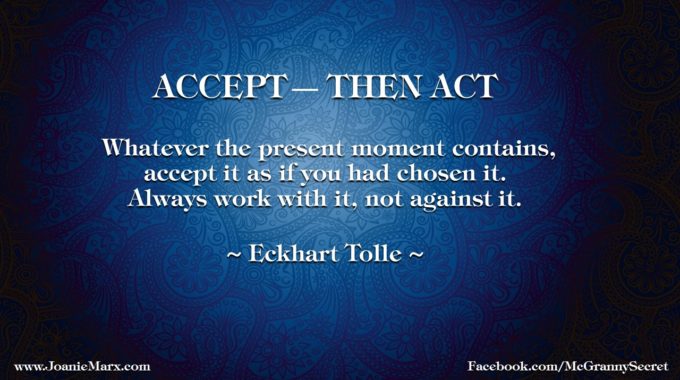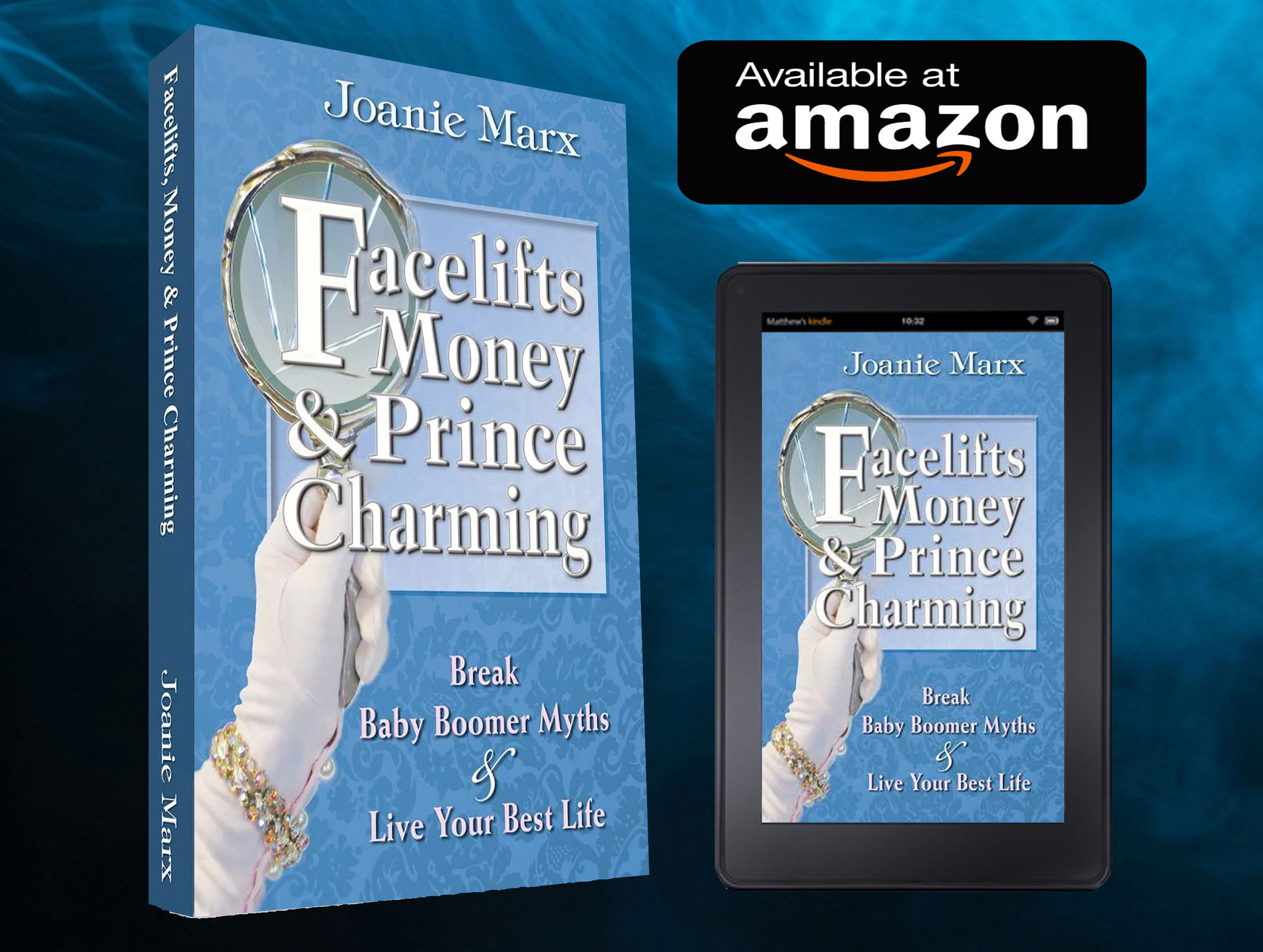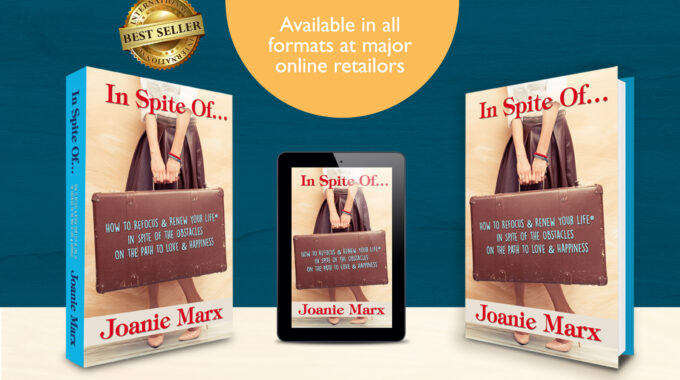
Being Present
During my three decades of working as an actress in Hollywood I’ve learned to hone many skills to perform at my best when the director calls out, “action”. In my book, “Facelifts, Money & Prince Charming” I shared examples of how several skills of acting are transferable to navigating some of life’s challenges. One of the most important is being present in our choices.
For an actor, these choices range from how the costume is worn and how the lines are spoken, to the use of props, as well as the interactions with other actors in a given scene. All of these choices are applied by actors to the most authentic way to convey the life of their character.
As an actor, our highest purpose is to be the emotional conduit for the audience. The choices an actor makes allows them to be the catalyst that gives the audience permission to tap into their feelings by experiencing their own emotional reactions. The more the actor is in touch with her character’s feelings, the more the audience is going to be invited to explore their own feelings.
So how do the choices an actor makes for their performance translate into being present in our daily lives?
OUR CHOICES
One key area is in the choices we make for setting expectations. When we set unreal expectations we keep ourselves from being present. Our mind becomes focused on everything but what is actually occurring. This takes us away from being our genuine, authentic selves.
We can draw the correlation of how we choose our expectations in life to an actor’s performance. When an actor chooses to suspend all form of doubt, they are erasing their need to control the outcome of the scene. This level of presence creates a reality whereby they and their audience can tap into a higher realm of self-awareness.
If an actor’s choices can impact the audience’s emotions by their total immersion into the moment, is it not also true that when we, as individuals, make the choice to be present with our feelings, we positively impact our experience and those we interact with?
VISUALIZE & PREPARE
To help you put this into action, identify a recent moment in your life (perhaps this week or today) where you found yourself not being present with someone you were talking with. What impact did this have on yourself and the other person?
To be better prepared next time, think of an upcoming interaction you have scheduled with someone else. It could be a lunch or dinner with a friend, spouse or family member. It may be a coffee date or perhaps it is a business related meeting with a client.
Once this scheduled meeting is identified, close your eyes for the next 60 to 90 seconds. Visualize the meeting, tap into and feel the energy and theme of the event. Like an actor preparing for an important scene, allow yourself to step into the role you will be playing for this interaction.
With that in mind, the following questions are a slight variation of what actors are trained on for being present in their scenes. I’ve reworked them to be more applicable to your daily life.
- Who are you in this scenario? (resist the temptation to simply say, “myself” and describe yourself as if explaining to an actor how to be you.)
- What are you listening for?
- What are you risking by not being present?
- What motivates you to speak / meet with this person(s)?
- What do you want to accomplish in this scenario?
___________________________
* Want to learn more about the Seven Baby Boomer Myths and how you can break them to live your best life now? Go to Amazon today and order Joanie Marx’s #1 Amazon Best Selling book, “Facelifts, Money and Prince Charming: Break Baby Boomer Myths and Live Your Best Life”.




